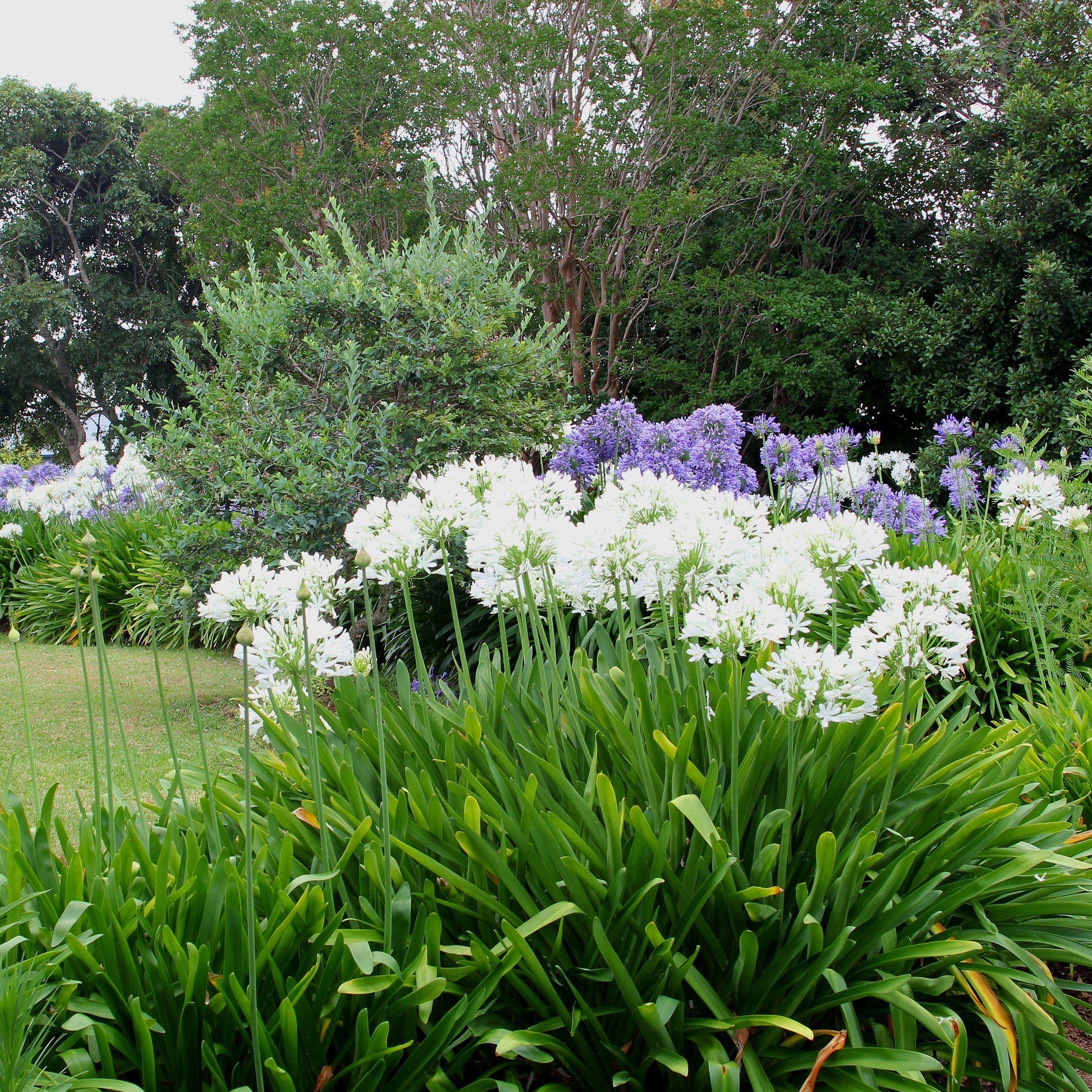Understanding the Art of Agapanthus Care: Important Steps for Healthy And Balanced Development and Vivid Flowers
In the world of cultivation, the cultivation of agapanthus stands as a fulfilling undertaking for those that seek to nurture these classy blooming plants. With their striking blooms and graceful foliage, agapanthus has actually captured the interest of garden enthusiasts worldwide. Nonetheless, attaining optimum development and vibrant blooms needs a nuanced approach that incorporates numerous essential actions. From choosing the right selection to grasping pruning techniques, the journey towards cultivating thriving agapanthus plants is multifaceted and holds the key to opening the full possibility of these agricultural treasures.

Picking the Right Agapanthus Variety

When picking the appropriate Agapanthus selection for your yard, consider aspects such as climate suitability, flower color, and development habit. In addition, think about the environment in your area to make sure the Agapanthus variety you pick can grow in your details conditions. Understanding the growth routine of different Agapanthus ranges is vital for correct positioning within your yard.
Perfect Planting Problems
Thinking about the ideal environmental needs is vital for successful Agapanthus growing. Agapanthus prospers in well-draining soil with a slightly acidic to neutral pH degree. When planting, pick a place that obtains full sunlight to partial shade. In hotter environments, offering some mid-day shade can stop scorching of the fallen leaves. Agapanthus plants are sensitive to cold temperature levels and ought to be protected from frost during winter months.
To make sure healthy and balanced development and dynamic blossoms, plant Agapanthus bulbs at a deepness of about 2-4 inches and space them 8-12 inches apart. Mulching around the base of the plants assists maintain moisture and subdues weed development.
Watering and Feeding Tips
Keeping appropriate wetness degrees and offering necessary nutrients are vital elements in the treatment routine for Agapanthus plants. When it comes to sprinkling Agapanthus, it is crucial to strike a balance. These plants favor continually moist dirt but are vulnerable to root rot if overwatered.
Fertilizing Agapanthus is vital for advertising healthy and balanced growth and respected blossoms. Use a well balanced fertilizer, such as a 10-10-10 formula, in the early spring as brand-new growth emerges. Repeat this application every 6-8 weeks throughout the growing season. Stay clear of too much fertilizing, as it can result in lavish foliage at the expense of blooms. Always adhere to the maker's directions for appropriate dilution and application methods. By following these watering and fertilizing pointers, you can guarantee your Agapanthus plants grow and produce lively, durable flowers.
Pruning Techniques for Agapanthus
Trimming Agapanthus plants at the proper times why not try these out and with proper strategies is essential for keeping their health and promoting optimum growth and flowering. The optimal time to trim Agapanthus remains in late winter months or very early spring prior to brand-new growth arises. Beginning by getting rid of any dead or yellowing leaves near the base of the plant. Cut them as close to the ground as feasible without damaging the emerging shoots.
For flowered stems, wait up until the blossoms have perished and after that trim them back to the base. This not only tidies up the plant's look but also motivates the development of new flower buds. Deadheading spent flowers can additionally reroute the plant's energy into generating more blooms instead than setting seeds. Nevertheless, if you want to accumulate seeds for breeding, leave some flowers to dry and fully grown on the plant.
Keep in mind to utilize clean, sharp devices to make specific cuts and decrease the danger of introducing diseases. Agapanthus. Routine trimming will aid maintain your Agapanthus looking healthy and neat while making sure a plentiful display screen of gorgeous blooms
Handling Common Insects and Conditions
After guaranteeing appropriate pruning strategies for Agapanthus, it is vital to address usual insects and illness that can affect the health and vitality of these plants. Agapanthus plants are typically durable but can still succumb to specific problems. One typical bug that affects Agapanthus is the Agapanthus gall midge. This little, orange fly lays its eggs in the foliage, bring about Extra resources distorted growth and blossom buds that fail to open. To combat this parasite, trim and ruin any type of damaged plant parts and take into consideration utilizing insecticidal soap.
Additionally, Agapanthus plants can endure from origin rot if they are planted in inadequately draining pipes soil. By being attentive and taking prompt activity versus illness and parasites, you can aid your Agapanthus plants grow and generate dynamic blooms. Agapanthus.

Final Thought
In conclusion, understanding the art of agapanthus treatment entails choosing the appropriate range, offering suitable growing problems, proper watering and feeding, proper pruning strategies, and resolving common insects and conditions. By look at here now adhering to these necessary actions, you can guarantee healthy development and lively flowers for your agapanthus plants. Keep in mind to frequently keep track of and maintain your plants to promote their total wellness and longevity.
To guarantee healthy and balanced growth and lively flowers, plant Agapanthus bulbs at a depth of regarding 2-4 inches and space them 8-12 inches apart. By complying with these watering and fertilizing suggestions, you can ensure your Agapanthus plants thrive and produce vibrant, lasting flowers.
One common insect that impacts Agapanthus is the Agapanthus gall midget. In addition, Agapanthus plants can endure from origin rot if they are grown in badly draining soil. By following these essential actions, you can guarantee healthy and balanced development and vibrant flowers for your agapanthus plants.